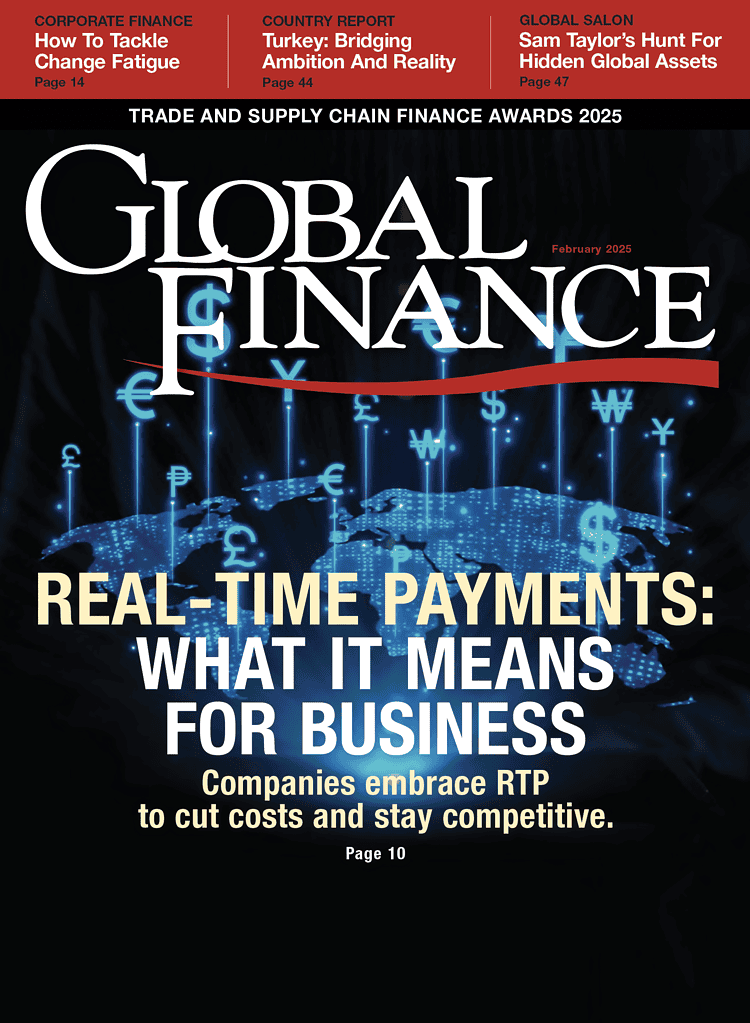VOL. 39 NO. 2

Trump, now in his second term in the White House, has made tariffs and the deportation of undocumented immigrants the topics of the day—but that is certainly not all our readers have on their minds. Questions regarding inflation and interest rates abound, as do those about currencies and the future of globalization.
Forecasting future scenarios is more complicated than usual, requiring guesses about how much of Trump’s announced plans will be implemented and when. And yet, technology cannot wait, even as it is shaped by regulation (or deregulation) and incentives. Recent developments in artificial intelligence (AI) between the U.S. and China—with new data and performance updates on China’s DeepSeek and the financial markets’ strong reaction—confirm intense competition in this key area. This underscores the ongoing contest for global technological leadership in AI.
Last month, at the annual National Retail Federation show in New York—one of the world’s largest and an impressive showcase of retail and consumer technology—two key topics stood out: AI and payments. Often, they were intertwined with new platforms, futuristic robotics, and groundbreaking offerings.
This month’s cover story focuses on real-time payments and, more specifically, their shift from the consumer space to the corporate world. The amount of money moved worldwide in less than 10 seconds is staggering, and the potential for further growth is enormous. But there’s more: some emerging economies, like India, are ahead of advanced markets in payments innovation. This mirrors what happened in telecommunications two decades ago when cellular technology leapfrogged landlines in emerging markets—enabling digital banking and payments without the need for physical banks or tellers.

Andrea Fiano | Editor at Large
afiano@gfmag.com

